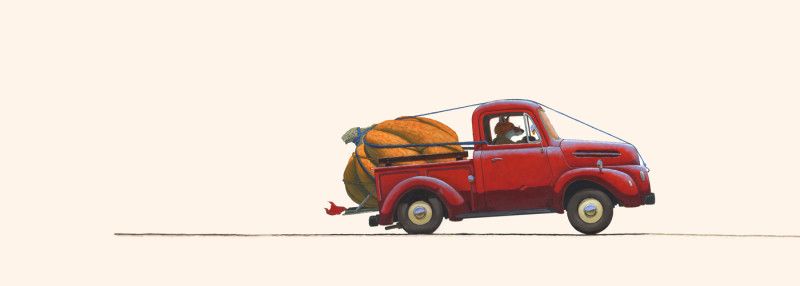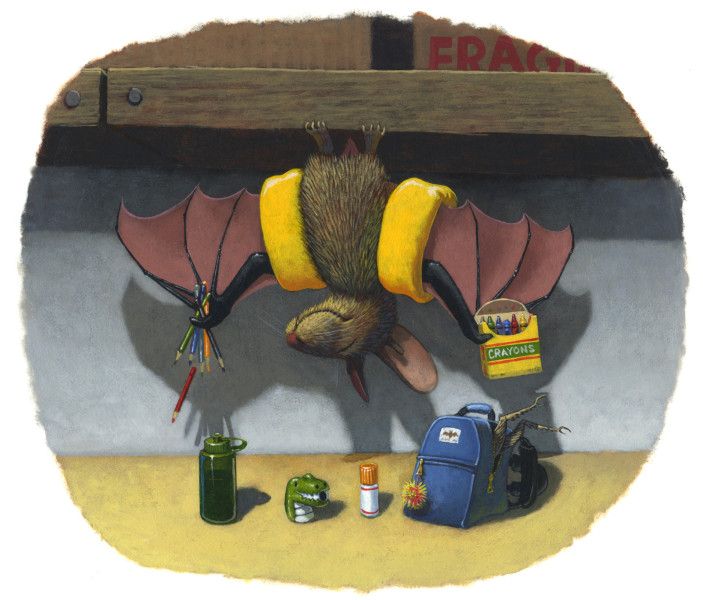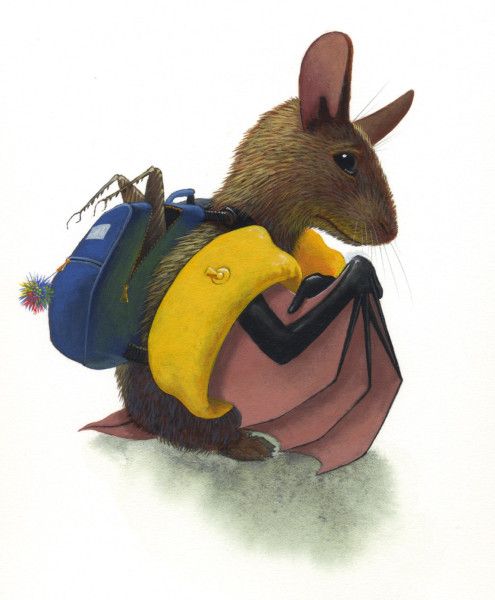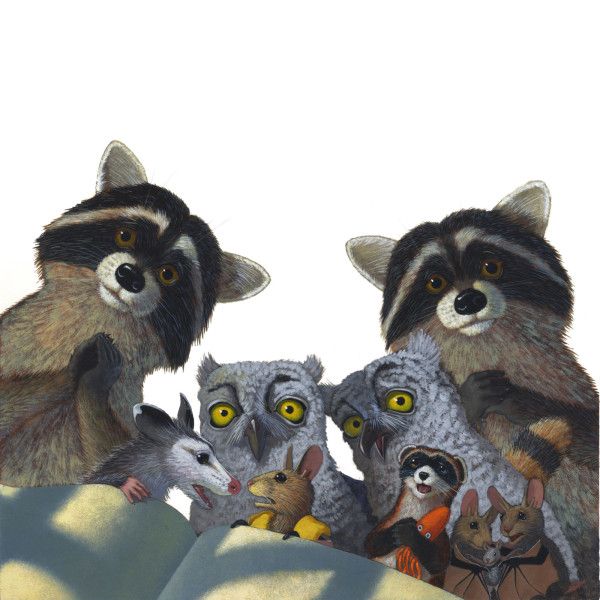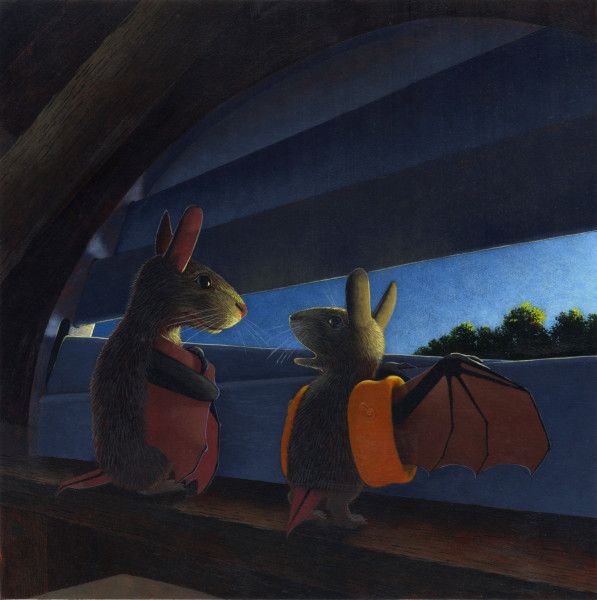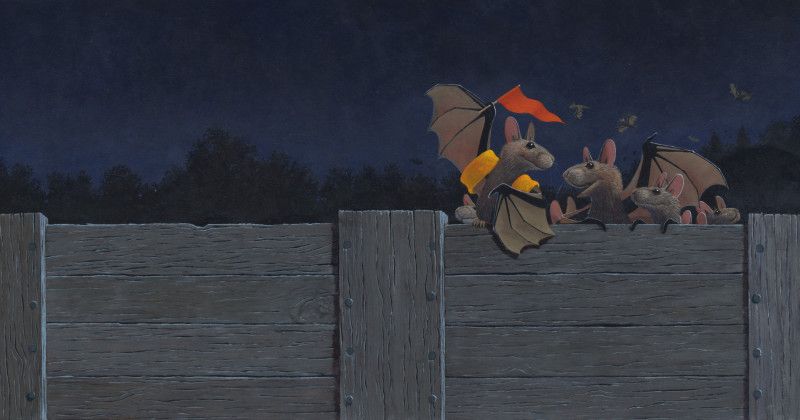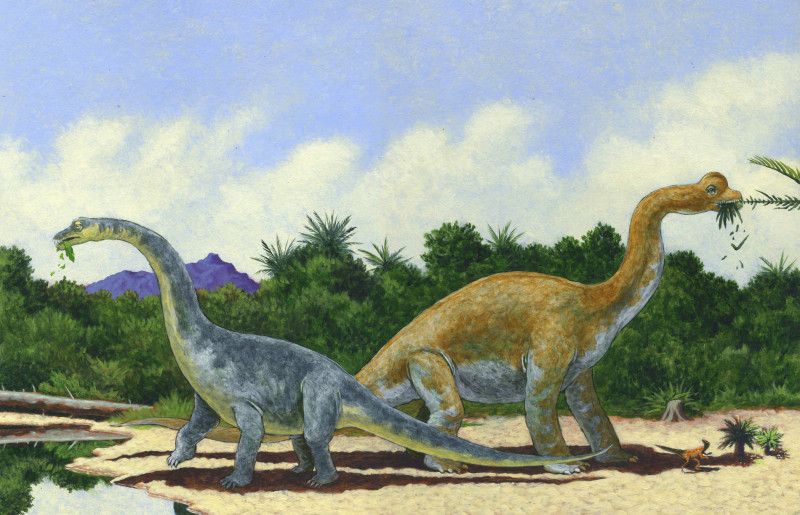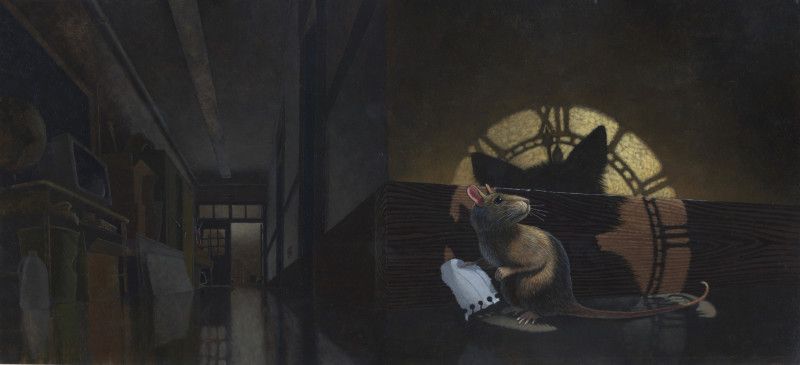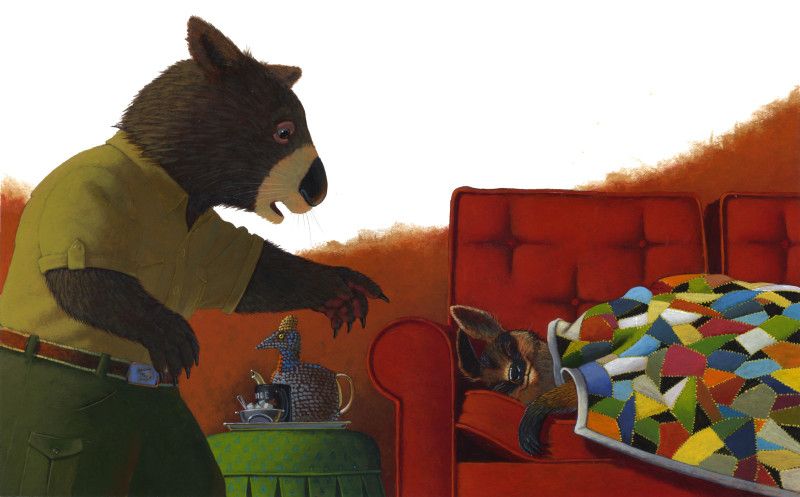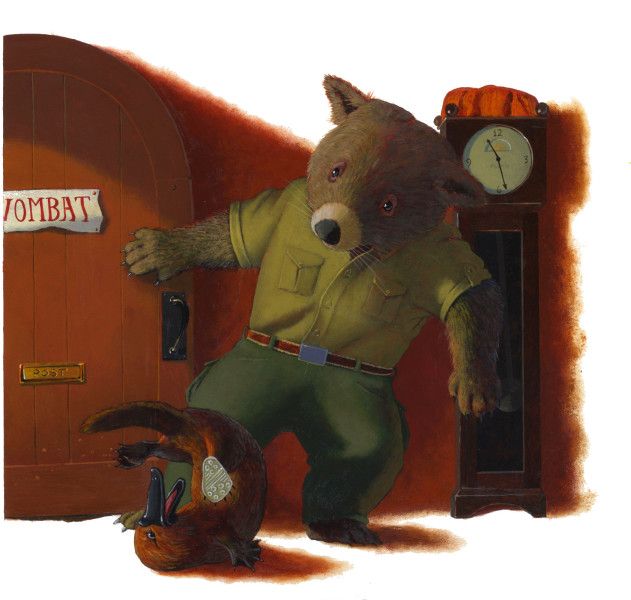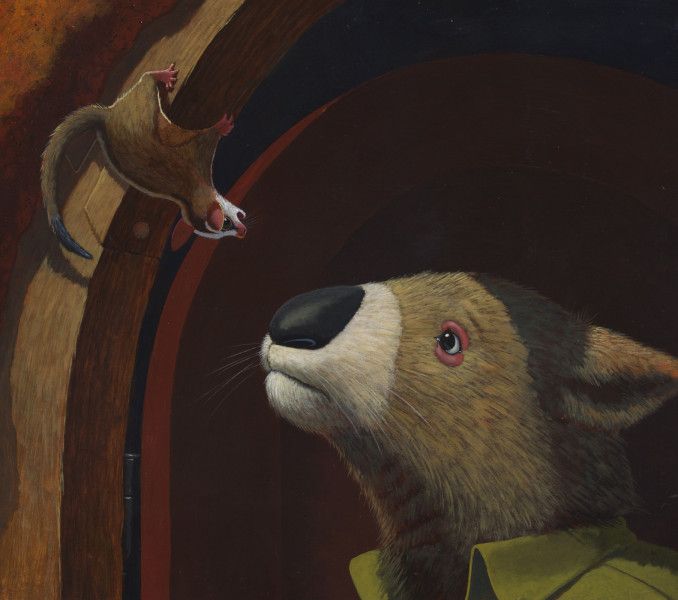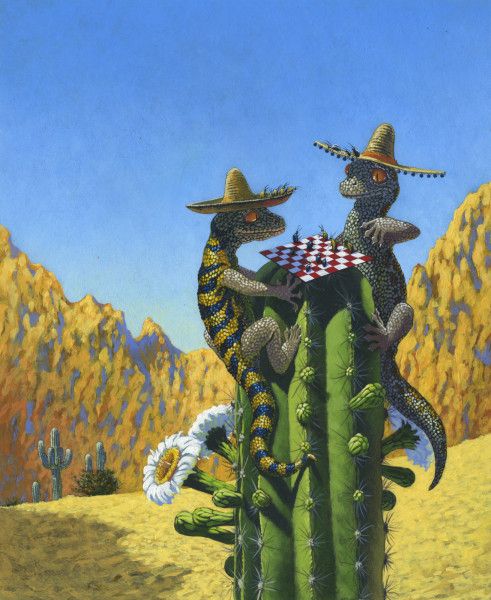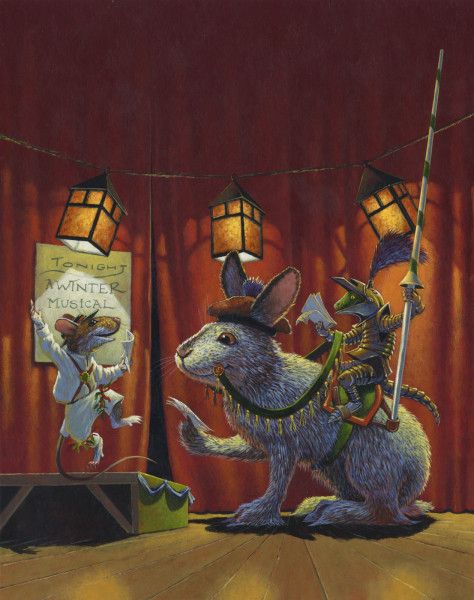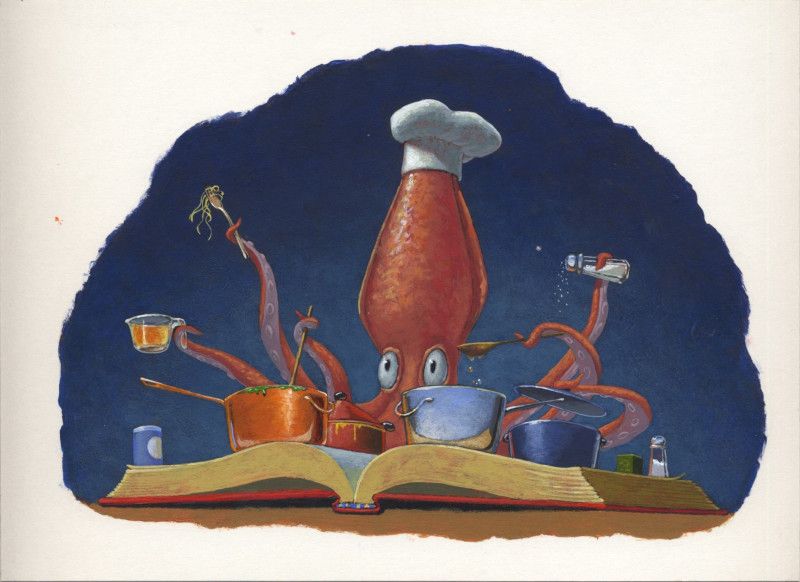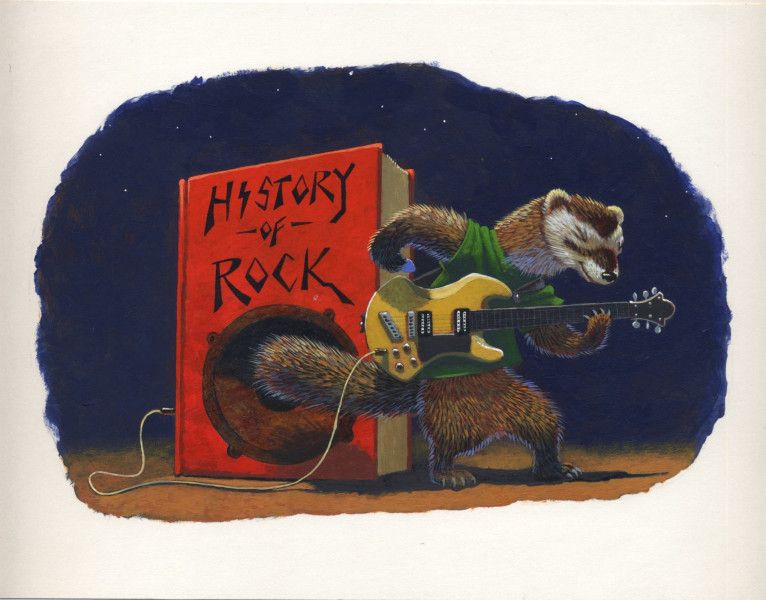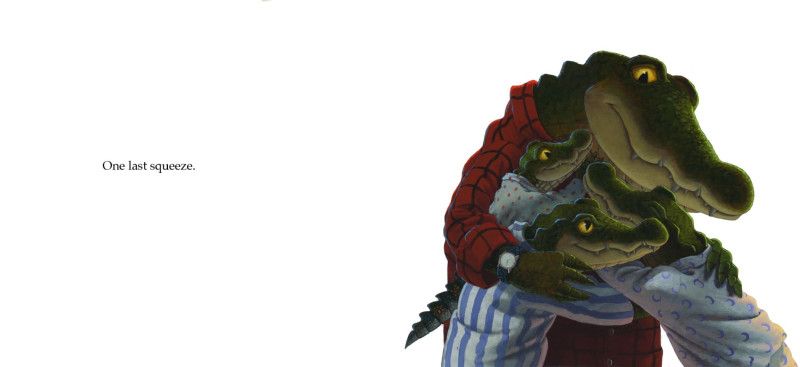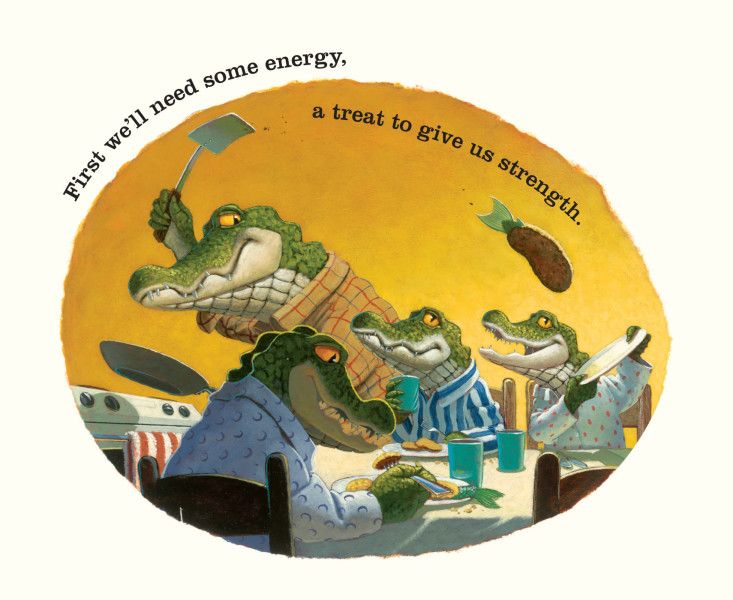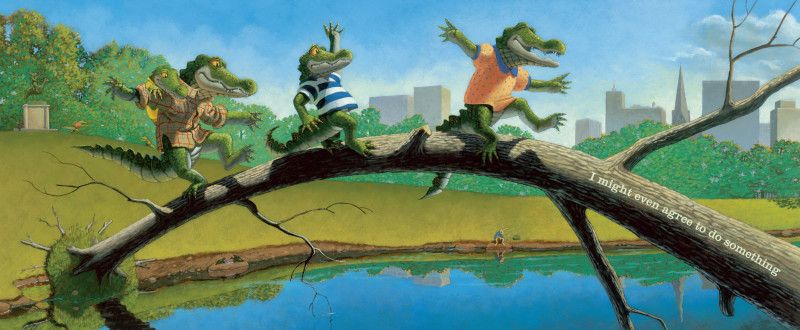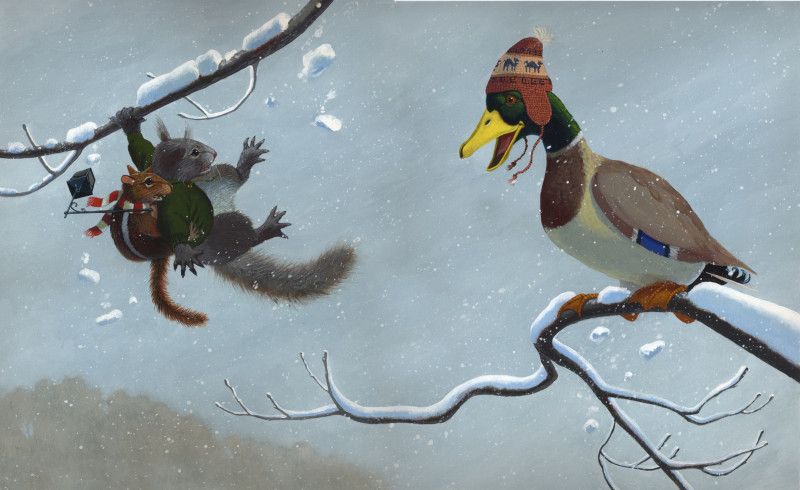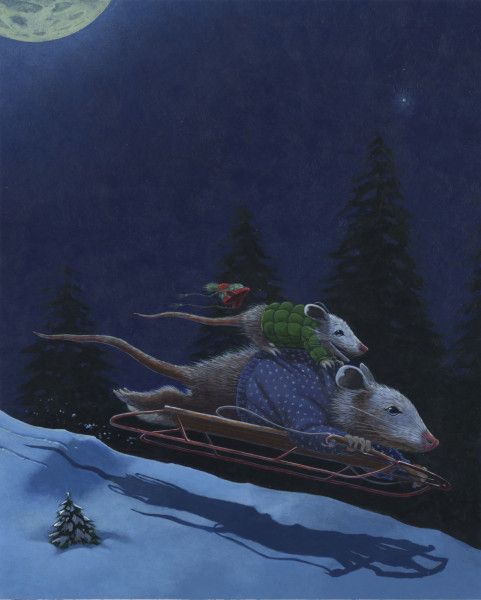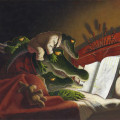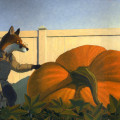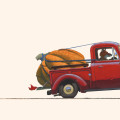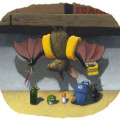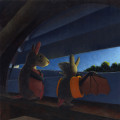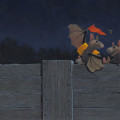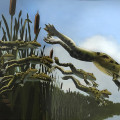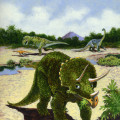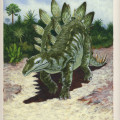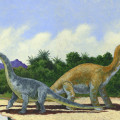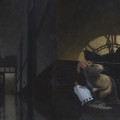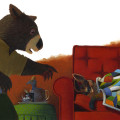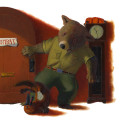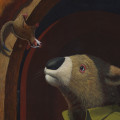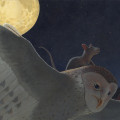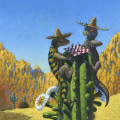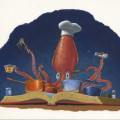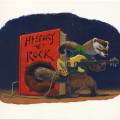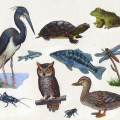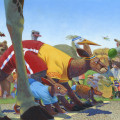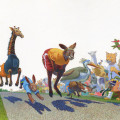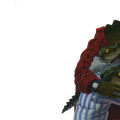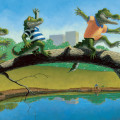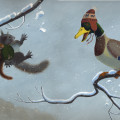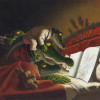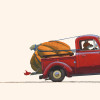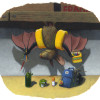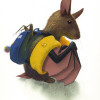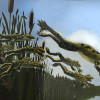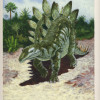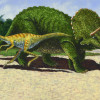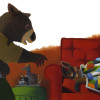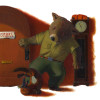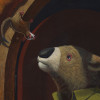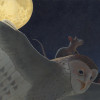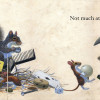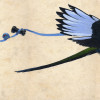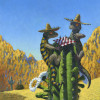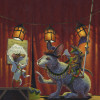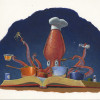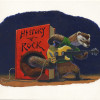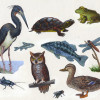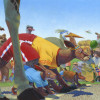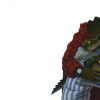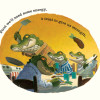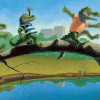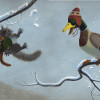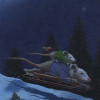Brian Lies
A Community of Characters
-
28 one more story
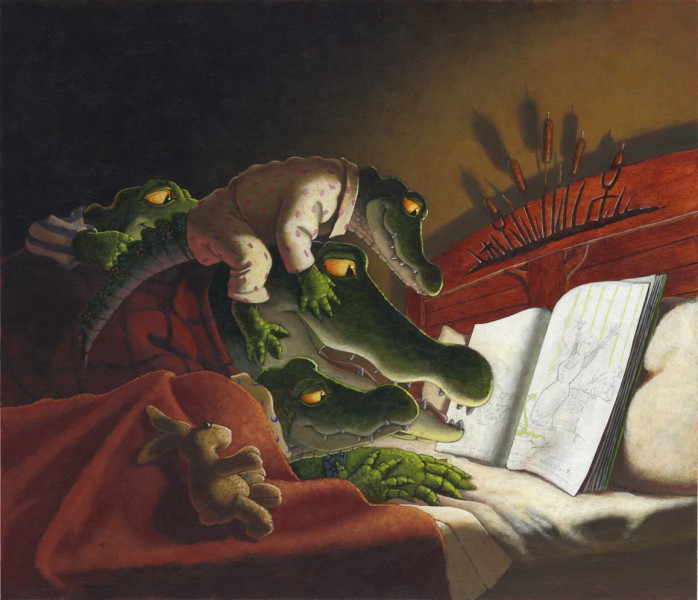
-
1 evening air began to cool

-
2 he loaded up the pumpkin
-
3 night school jacket
-
4 we re already playing
-
5 one more page
-
6 what is daytime like
-
7 box o bats
-
8 a mother bullfrog
-
9 jacket illustration dinosaurs
-
10 say hello to dinosaur
-
11 diplodocus and brachiosaurus
-
12 triceratops and strathiomimus
-
13 malcolm jacket
-
15 soon wallaby was nestled
-
16 then platypus rolled in
-
17 can i stay with you
-
18 something
-
14 malcolm under the stars
-
19 not so much
-
20 yes enough
-
21 chess
-
22 winter revels
-
23 octopus chef
-
24 rocking ferret
-
25 pond life
-
26 ruby rabbit was eager
-
27 but then sue k took the lead
-
29 last squeeze
-
30 first we ll need some energy
-
31 i might even agree
-
32c slippery innit
-
33 nightslide
 Artist's Statement: “Why animals?”
Artist's Statement: “Why animals?”
I’ve been illustrating children’s books for over 30 years, and this is one of the first questions students in schools I visit ask.
The answer is pretty simple. I love drawing animals. There is always some new detail to discover in their various species, shapes, and textures. To me, animals are simply more interesting to render than people. Second, it’s fun imagining them making their way through their own peculiar animal world: what style of running pants would a giraffe wear? Would the pants have two legs. . . or four? Solid, or stripes?
Also, animals in stories become stand-ins for humans, expressing human feelings. They can be easier for anyone to sympathize with, and attach to emotionally. Unfortunately, many people prefer a character on the cover of a book who looks like them in age or ethnicity, and veer away from a book whose protagonist looks different. Yet nobody looks at a fox on the cover of a book and says, “He doesn’t look like me, I don’t want to read this!” Employing animals as characters helps us slip past our biases and filters and can ease us into approaching story itself in an unblemished way. To me, these creatures are our best selves—despite obvious differences, they all live together in peace, in communities that echo ours, but are oddly their own.
I start my illustrations with rough sketches in Procreate on the iPad, then refine the drawings with pencil on tracing paper. I transfer the drawings to thick Strathmore paper, and color them in with acrylic paints. Most of these pictures have a painting underneath them that you’ll never see—an underpainting in brown tones—which is where I work out the shadows and source of light in the picture before filling everything in with color. Unlike digital illustration, where you can just drop in a texture or an area of color, every stroke here is a real, physical brushstroke, so I have to paint every hair or leaf, one by one. I enjoy building up layers and making a picture feel real with light and shadow. I know I’ve been successful when a Kindergartener asks, “Do bats really do that?”
I try to craft images you may need to see four or five times before you notice everything I’ve tucked into them. That’s the kind of illustrations I loved when I was a boy. My favorite book early on was Richard Scarry’s Best Word Book Ever, because there was so much to look at, communities of animals living busy lives. Can you find the mouse who lost its balloon? It’s rewarding to drop in an allusion to classical art or a sly bit of visual wordplay, knowing that most people will never notice them (door keys dangling from a piece of wood and being struck by a bat making music = “keyboard”). And it's even more fun getting an email from someone who has noticed them.
When possible, I place my books in settings that I know. Since moving to Duxbury 25 years ago, I’ve set a number of them on the South Shore— Bats at the Beach takes place on Duxbury Beach. The Rough Patch came to me while weeding my own vegetable garden. Bats at the Ballgame is set at the Marshfield Fairgrounds, and Bats in the Band takes place at the Priscilla Beach Theatre in Manomet. While again most readers won’t pick up on the references, it adds a layer to me to have them take place in my own community.
Why go to the trouble of adding things that many people will never notice? To me, good picture books aren’t “kiddie books.” I don’t try to pretend I’m five when I draw, don’t want to talk down to my audience by giving them something babyish. Kids deserve sophisticated art—as we become better readers by encountering big words, so also do we become more visually discerning by encountering rich images. Layers of meaning can be felt, even if we don’t recognize them all. And layers broaden an image’s appeal.
I believe that if the parents enjoy the art in a picture book too, they’ll be happy to read it over and over again. They form bonds of parental love and uncritical parental attention through that shared reading. My own mother, an English teacher, read aloud to my sister and me for years, long after we were independent readers. Those memories, from Dr. Seuss until middle school, when each of us took parts and we read Macbeth together—cemented a love of language, both on the page and aloud. And it all began with the pictures.
Artist's Bio
Brian Lies is the author/illustrator of more than 30 children’s books, such as his NY Times best-selling bat series (Bats at the Beach, Bats at the Library, etc.), and his 2019 Caldecott Honor-winning The Rough Patch. His work in book and editorial illustration has earned many distinctions, including two Crystal Kite Awards from the Society of Children’s Book Writers and Illustrators. He is an acclaimed visiting author, working with elementary schools throughout the United States. In 2023, Brian was the featured artist at the Abilene (TX) Children’s Art and Literature Festival (www.abileneCALF.org).
A graduate of Brown University, Brian lives with his family and two cats in Duxbury, Massachusetts, where he works, tends a large vegetable garden, and enjoys reading, cooking, and woodworking.


